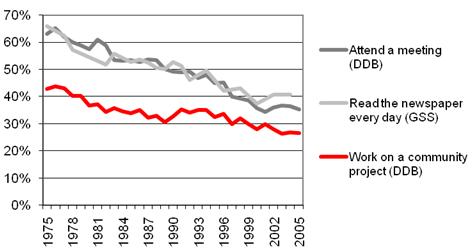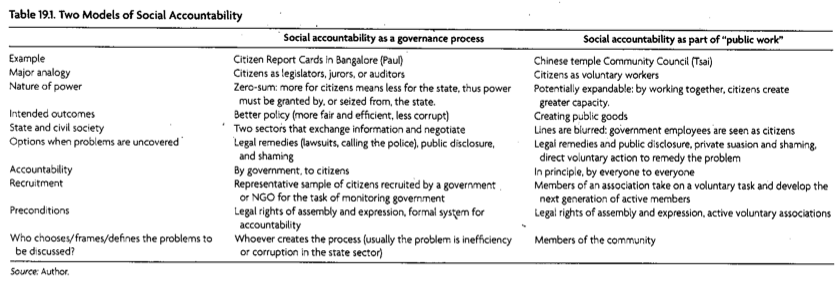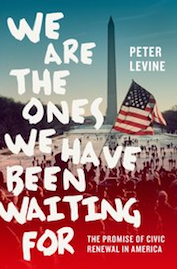A Black Youth project study entitled “Gun Violence and Public Opinion on Gun Control among America’s Young People” presents data that should be basic to the national debate, along with some relatively surprising findings. First, almost half of White youth (18-29) recently carried a gun or know someone who did. Less than one in four Black and Latino youth report that experience. Yet Black and Latino youth are much more supportive of gun control. Given a choice between protecting the rights of gun owners versus controlling gun ownership, Black youth favor control by a three-to-one margin, but a majority of White youth prefer gun owners’ rights. Two-thirds of Black and Latino youth would ban assault weapons, versus just over half of White youth. Perhaps more interesting is the finding that two thirds of Black youth support having “More police/armed guards in public places like schools and malls.” Considering the frequent tensions and complaints involving those guards, that is interesting. It may reflect something of a Hobson’s choice: more guns or more armed guards. After all, almost one quarter of Black youth say that they or someone they know “experienced gun violence in the last year,” versus just 8.3% of White youth.


